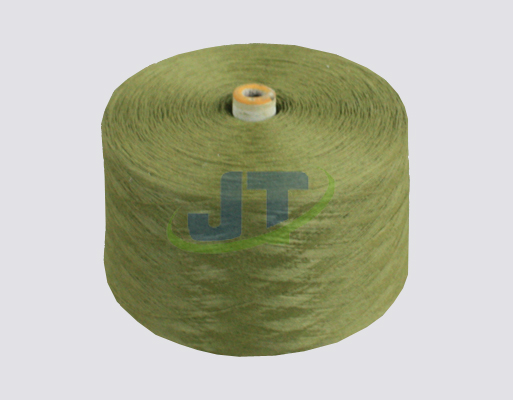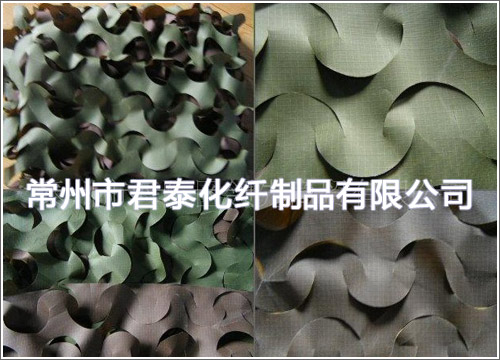

- Tel:0086-519-83783531
- cel:0086-13961177625
- E-mail:jianglijing1022@126.com
- add:cheng zhang Jia zeTown Wujin District, Changzhou City, Jiangsu Province
The first reserve requirement ratio cut of the year was officially implemented today.
Recently, the central bank issued an announcement stating that starting from May 15, 2025, the reserve requirement ratio for financial institutions will be reduced by 0.5 percentage points (excluding financial institutions that have already implemented a 5% reserve requirement ratio), and the reserve requirement ratio for auto finance companies and financial leasing companies will be cut by 5 percentage points.
On May 7th, Pan Gongsheng, governor of the People's Bank of China, introduced at a press conference held by the Information Office of The State Council that the central bank will introduce a package of monetary policy measures including a reserve requirement ratio cut. Pan Gongsheng said that reducing the reserve requirement ratio by 0.5 percentage points is expected to provide about 1 trillion yuan of long-term liquidity to the market. Meanwhile, the deposit reserve ratio system will be improved. The deposit reserve ratio for auto finance companies and financial leasing companies will be temporarily reduced from the current 5% to 0%.
Liu Chen, a researcher at the Bank of China Research Institute, said that this reserve requirement ratio cut is of great significance for stabilizing economic growth. The nearly 1 trillion yuan of long-term liquidity released by the reserve requirement ratio cut will help strengthen the credit supply capacity of banks, relieve the pressure on the liability side of banks, and promote more financial "lifelines" to flow into the real economy.
In addition, the package of monetary policies reflects the central bank's determination to stabilize growth and is also a continuation of the spirit emphasized at the Political Bureau meeting on April 25 to "unswervingly do our own things well", which is conducive to further strengthening the confidence of market entities in economic growth. Dong Ximiao, chief researcher of China UnionPay and deputy director of the Shanghai Institute of Finance and Development, pointed out in an interview that a 0.5 percentage point reduction in the reserve requirement ratio across the board will effectively meet the market's demand for long-term liquidity.
To maintain abundant liquidity, the People's Bank of China conducts short-term liquidity injection operations almost every day, continuously releasing liquidity. At present, the contradiction of market liquidity is mainly structural. This reserve requirement ratio cut can increase the supply of long-term liquidity, appropriately reduce the rolling renewal of short-term liquidity tools, optimize the term structure of market liquidity, and provide more "ammunition" for banks to increase credit supply. At the same time, the reduction of the reserve requirement ratio will lower the cost of bank funds, enhance the stability of bank liabilities, help promote the decline of the Loan Prime Rate (LPR), and drive the social financing cost to continue to fall.
In addition, the reduction of the reserve requirement ratio will also weaken the motivation of banks to attract deposits at high interest rates and compress the space for non-bank institutions to idle their funds for arbitrage. This will have a direct and positive effect on expanding domestic demand and responding to external shocks.
For textile industry enterprises, the impact of this reserve requirement ratio cut will be multi-faceted:
This reduction in the reserve requirement ratio will directly lower the financing costs of textile enterprises. According to relevant calculations, for every 10 basis points decrease in the cost of bank funds after the reserve requirement ratio cut, the comprehensive loan cost for textile enterprises is expected to drop by 5 to 8 basis points. Take a medium-sized textile enterprise with an annual revenue of 500 million yuan as an example. It can save about 400,000 yuan in financial expenses every year. The financial director of a certain textile group in Jiangsu Province stated that the 120 million yuan technological transformation project currently under negotiation will seize the policy window period to be implemented as soon as possible.
The reserve requirement ratio cut policy will effectively guarantee the supply of textile raw materials. After the financial difficulties of cotton-related enterprises were alleviated, the funds of cotton traders and textile enterprises were replenished, which is conducive to the stability of cotton prices and the healthy development of the market. The person in charge of a cotton spinning enterprise in Zhejiang Province said that after having sufficient funds, the inventory of raw materials can be appropriately increased to avoid the risk of market price fluctuations.
The liquidity released by the policy will stimulate the terminal consumption of textiles. The interest rate for the first home provident fund loan with a term of more than five years has been reduced to 2.6%. The lowering of the home purchase threshold will drive the growth of consumption of home textile products. Meanwhile, the strengthened expectation of the depreciation of the RMB will make China's textile products more price-competitive in the international market, which is beneficial to export-oriented enterprises.
After the financial pressure is relieved, textile enterprises can also increase their investment in technological transformation. After the reserve requirement ratio cut, textile enterprises may have a breathing space for financial pressure and capital turnover. During such a window period, they can free up financial and human resources for technological transformation and upgrading. The growth rate of this investment is expected to increase significantly.
Meanwhile, despite the obvious policy benefits, industry experts still suggest that enterprises rationally plan the use of funds and give priority to ensuring investment in production and operation as well as technological transformation. Pay close attention to the trend of raw material prices and adjust the purchasing strategy in a timely manner; Seize the opportunity of the recovery of consumption and optimize the product structure; Take advantage of the window period of the decline in financing costs to accelerate the pace of transformation and upgrading.
Declaration: The content of this article is compiled from the Internet and the copyright belongs to the original author. If there is any infringement, please inform us in time and contact us for deletion.
- The core performance advantages
- Black Friday is becoming a perfo
- Why has polypropylene high-stren
- The global trade landscape is un
- Why has polypropylene high-stren
- The economic operation of the in
- Why does polypropylene high stre
- The textile industry has witness
- Today, let's take a look at the
- The Third International Conferen




